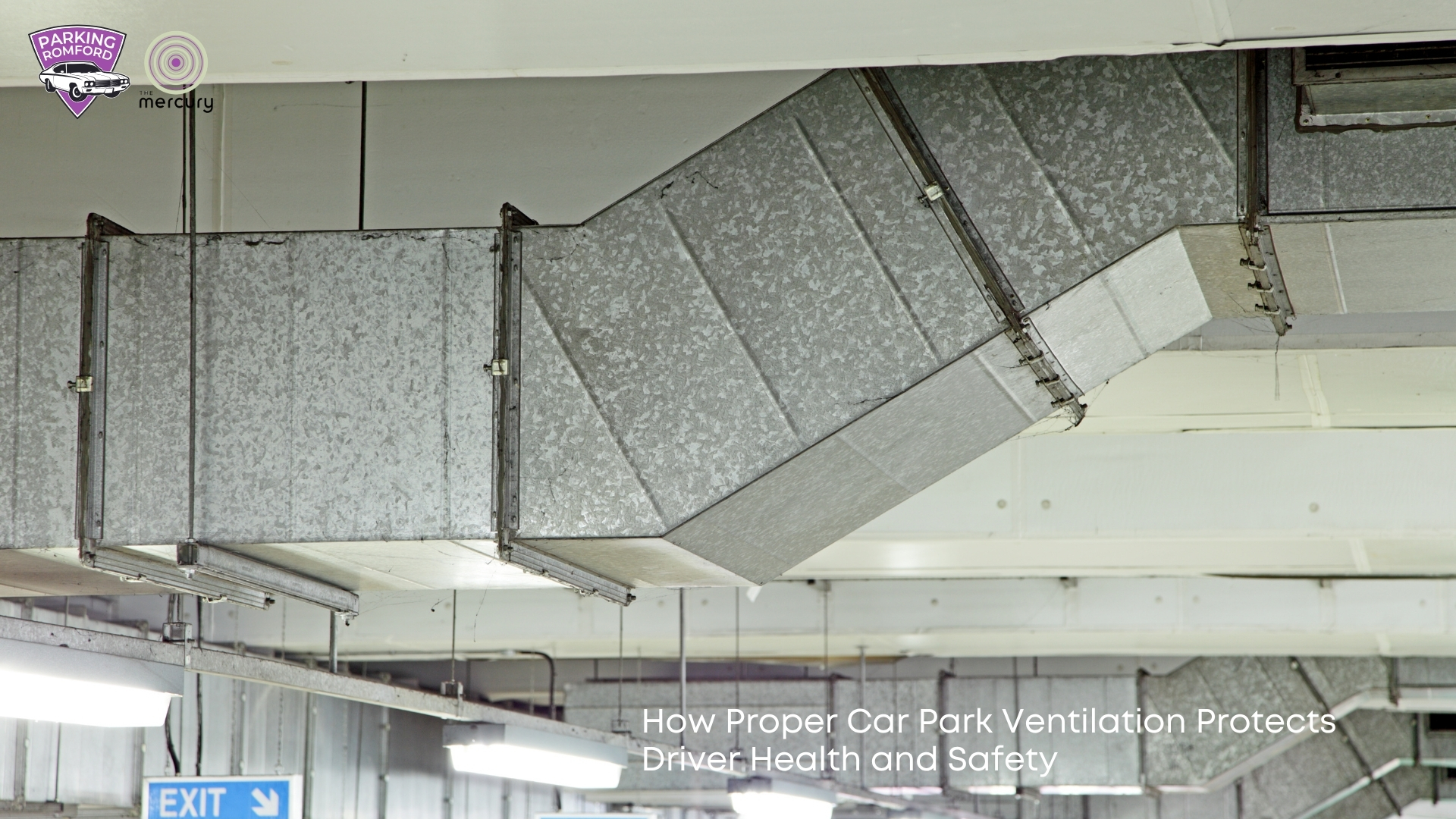Many drivers overlook one key safety feature in modern parking facilities: proper car park ventilation. Without the right airflow, harmful fumes can accumulate and put people at risk, whether in a busy city centre or a quiet residential area; ventilation matters. A well-ventilated car park not only improves air quality but also supports health and safety for everyone using the space. This brings us to what ventilation means in car parks today.
What Is Car Park Ventilation and Why Is It Important?
Car park ventilation refers to the system used to bring in fresh air and remove harmful gases. It plays a vital role in enclosed or underground car parks where air circulation is limited. The goal is to control the levels of exhaust fumes, such as carbon monoxide, from idling engines. Without it, these pollutants can rise quickly and cause serious health issues. Understanding this system is crucial to understanding why it’s essential for safety, especially in high-traffic areas.
Can Poor Ventilation Increase Health Risks in Car Parks?
Yes, poor ventilation can significantly increase health risks. Car exhaust emits carbon monoxide, nitrogen dioxide and other dangerous gases. In an enclosed space, these can accumulate and lead to symptoms such as headaches, dizziness, and even long-term health issues. For those with breathing problems or heart conditions, the risks are even higher. That’s why good ventilation is not just a luxury but a health necessity in car parks today.
How Does Ventilation Prevent the Buildup of Harmful Fumes?
Ventilation systems work by constantly pulling fresh air into the car park while pushing stale air out. This air exchange helps prevent dangerous gases from lingering at harmful levels. Some systems utilise jet fans or ducts to direct airflow efficiently throughout the structure. Sensors often monitor air quality and activate fans as needed. These features demonstrate the system’s importance in maintaining safe air throughout the entire facility.
What Are the Main Types of Ventilation Systems in Car Parks?
There are typically two types: natural ventilation and mechanical ventilation. Natural systems rely on open sides or vents to allow airflow, which is ideal for above-ground structures. Mechanical systems utilise powered fans and ductwork, which are more suitable for enclosed or underground spaces. Hybrid systems combine both for better efficiency. Choosing the right setup depends on the design and location of the car park.
Do Underground Car Parks Require Special Ventilation?
Yes, underground car parks need special mechanical ventilation systems. These spaces lack natural airflow and are more prone to gas buildup. Fans must be strategically placed to push air out through duct systems. Many of these setups are linked to air quality sensors, enabling automatic responses. Given the risks involved, ventilation is a core feature of underground car park design.
How Can Ventilation Improve Safety in Enclosed Spaces?
Ventilation improves safety by reducing the chances of gas-related incidents. In poorly ventilated areas, drivers or staff may experience fatigue or even exposure to toxic substances. Clear airflow also helps in emergencies, such as smoke extraction during a fire. Many systems are designed to respond more quickly in such cases. This connection between air quality and emergency response is a key reason ventilation must be carefully planned.
What Regulations Cover Ventilation in Car Parks?
In the UK, building regulations require adequate ventilation for enclosed car parks. Standards are established by documents such as Approved Document F and British Standards BS 7346 and BS EN 12101, which set limits on acceptable gas levels and outline the required airflow rates. Compliance is not only a legal issue but also a way to ensure user safety. These rules highlight why professional installation is often necessary.
How Often Should Ventilation Systems Be Maintained?
Ventilation systems should be checked and maintained at least once or twice a year. Filters, fans, and sensors all need to function properly to ensure safety. Routine maintenance helps identify issues before they become hazardous. If sensors fail, harmful gases may go unnoticed until it’s too late. Keeping systems in good shape is part of ongoing car park management duties.
Are There Eco-Friendly Ventilation Solutions Available?
Yes, there are now energy-efficient ventilation systems that reduce electricity use. Many use variable-speed fans that adjust based on air quality, rather than running constantly. Solar-powered fans are also an option in some modern designs. These features make ventilation safer and more environmentally friendly. Reliable parking sensor kits complement smart car park design by making health and safety even more manageable. A smart car park design can now protect health while being environmentally friendly.
How Does Good Ventilation Affect the Overall Car Park Experience?
Good ventilation creates a cleaner and more comfortable environment for both drivers and staff. People are less likely to feel lightheaded, stuffy or anxious in well-ventilated areas. It also cuts down on unpleasant smells and helps reduce engine noise echo. All of this makes for a more pleasant visit, whether you’re parking for five minutes or enjoying holiday parking in Romford for a full day. This improved user experience is part of a broader trend in modern parking design.
Why Ventilation Is Essential to Modern Car Park Safety
Proper car park ventilation is not just about clean air. It’s about creating a safe and reliable space for everyone. From health protection to legal compliance, its benefits are far-reaching. As car parks become more complex and heavily used, good airflow must be part of the plan. So next time you enter a car park, take a breath and consider just how much work goes into making that air safe to breathe, something well-planned modern Romford car parks aim to prioritise.


Leave a Reply